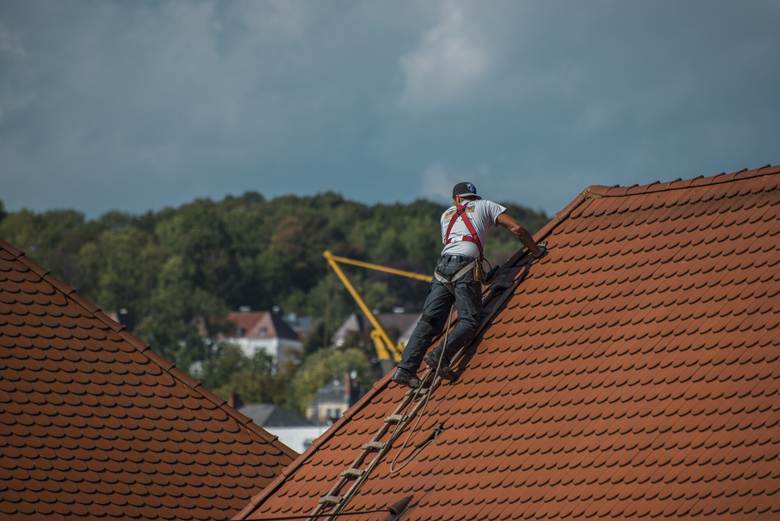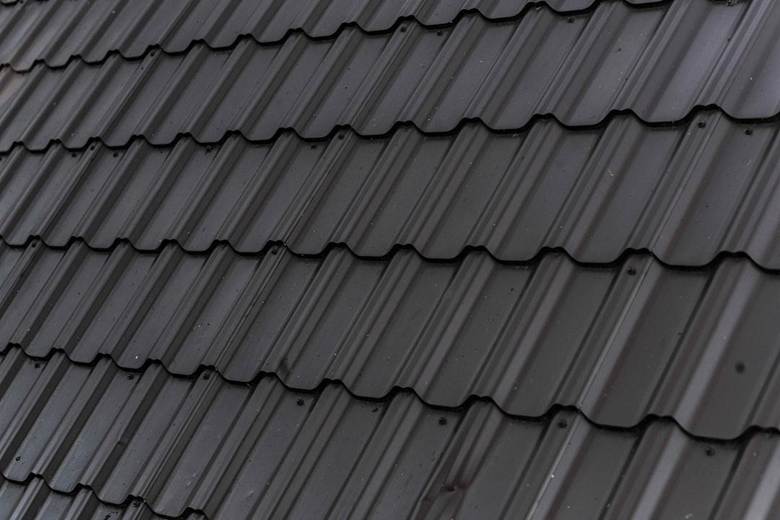As one of the most critical components of your house, the roof protects your home from the elements and contributes to energy efficiency and curb appeal. While roof repairs may intimidate some homeowners, approaching the task with the right knowledge and tools can make the process more manageable. Whether you are dealing with minor leaks or larger structural issues, this guide will walk you through practical steps to fix your roof the right way from the start.

Why You Need Roof Maintenance
It’s not a secret that roof maintenance is a necessity for the longevity of your home. Regular checks can catch small problems before they escalate into costly repairs. Small leaks can result in mold growth and extensive water damage, requiring a full replacement. In general, an effective maintenance schedule includes routine inspections at least twice a year, mostly after severe weather events.
Homeowners should look for missing shingles, sagging areas, or water stains on the ceiling. Investing time in maintaining your roof can reap considerable benefits: improved durability and protection against harsh conditions. A proactive approach to care and repairs can save substantial amounts of money in the long run.
When to Call in Professionals
Many repairs can be handled by homeowners. The most severe cases, where structural integrity is at risk, should be addressed by professional home roofing solutions with the necessary licenses, tools, and experience. The cost of hiring professionals is offset by the benefits of a thorough and safe repair when the potential for future damage exists.
If you are considering selling your home, expert repairs can elevate its value and appeal, providing a return on your investment. Research local roofing companies and read reviews to find reputable and experienced contractors suitable for your specific roofing issues.
Identifying Roof Problems
Before diving into repairs on your own, identify the specific issues with your roof. Common problems include leaks, damaged shingles, and damaged flashing. Inspect the roof closely by using binoculars or climbing up to look at vulnerable areas, such as valleys or around chimneys. Look for dark stains that may suggest leaks, or curled, cracked, or missing shingles that may allow water to enter your home. Pay attention to the gutters: clogs can result in water pooling on the roof and cause further damage.
When faced with a more serious structural issue, check for signs of sagging. Don't hesitate to seek professional assistance if you're unsure. A thorough inspection can recognize issues that might not be immediately visible to the untrained eye.
Gathering Tools and Materials
Once you’ve identified issues, gather the necessary tools and materials before starting your repair project. The most common tools needed for roof repairs include a hammer, utility knife, roofing nails, and a pry bar. Invest in safety gear like non-slip shoes, a harness, and ladders when working at height.
As for materials, you may need replacement shingles, roofing cement, or flashing, depending on the specific repairs required. Local hardware stores or home improvement centers may have staff knowledgeable about roofing projects who can assist with selecting the right materials. Creating a checklist before starting the project can help you remember everything needed to avoid delays.
Performing Roof Repairs
Now, you can begin repairs. Set up ladders securely and wear proper safety equipment. Begin your inspection where you are having issues and focus on the first problematic area. If replacing shingles, carefully remove the damaged ones using a pry bar, being cautious not to further damage surrounding materials. Apply roofing cement under the new shingle and secure it using nails, making sure it overlaps adjacent shingles properly. For leaking areas, locate the source and apply roofing sealant or cement to prevent future water penetration.
When resealing any flashing, check if it is tightly affixed to avoid gaps more prone to leaks. Take time as you work meticulously through each step for quality repairs. If issues persist even after repairs, it may be indicative of more severe structural problems that will require professional assistance.
Safety Measures While Repairing Your Roof
Safety should always be a priority in any roofing work. Use ladders and scaffolds correctly: they should be stable and on firm ground. Wearing properly fitted safety gear protects you in case of slips or falls. It is advisable to have another person help you, either for safety or assistance in managing materials and tools.
Always check weather conditions before undertaking repairs; sunny, calm days are the most ideal. Avoid working on wet roofs as they can be slippery and dangerous. In the case of mechanical tools, always follow safety instructions and maintain an adequate distance. Knowing when to walk away and seek professional help is not a sign of weakness; it shows a commitment to safety.

Maintaining your roof is a must for your home’s safety and longevity. Once you know the importance of regular inspections, recognize damage, and execute repairs, you can save money and avoid costly replacements in the future. Remember to prioritize safety throughout any repair process, and don’t hesitate to reach out for professional assistance whenever necessary.









